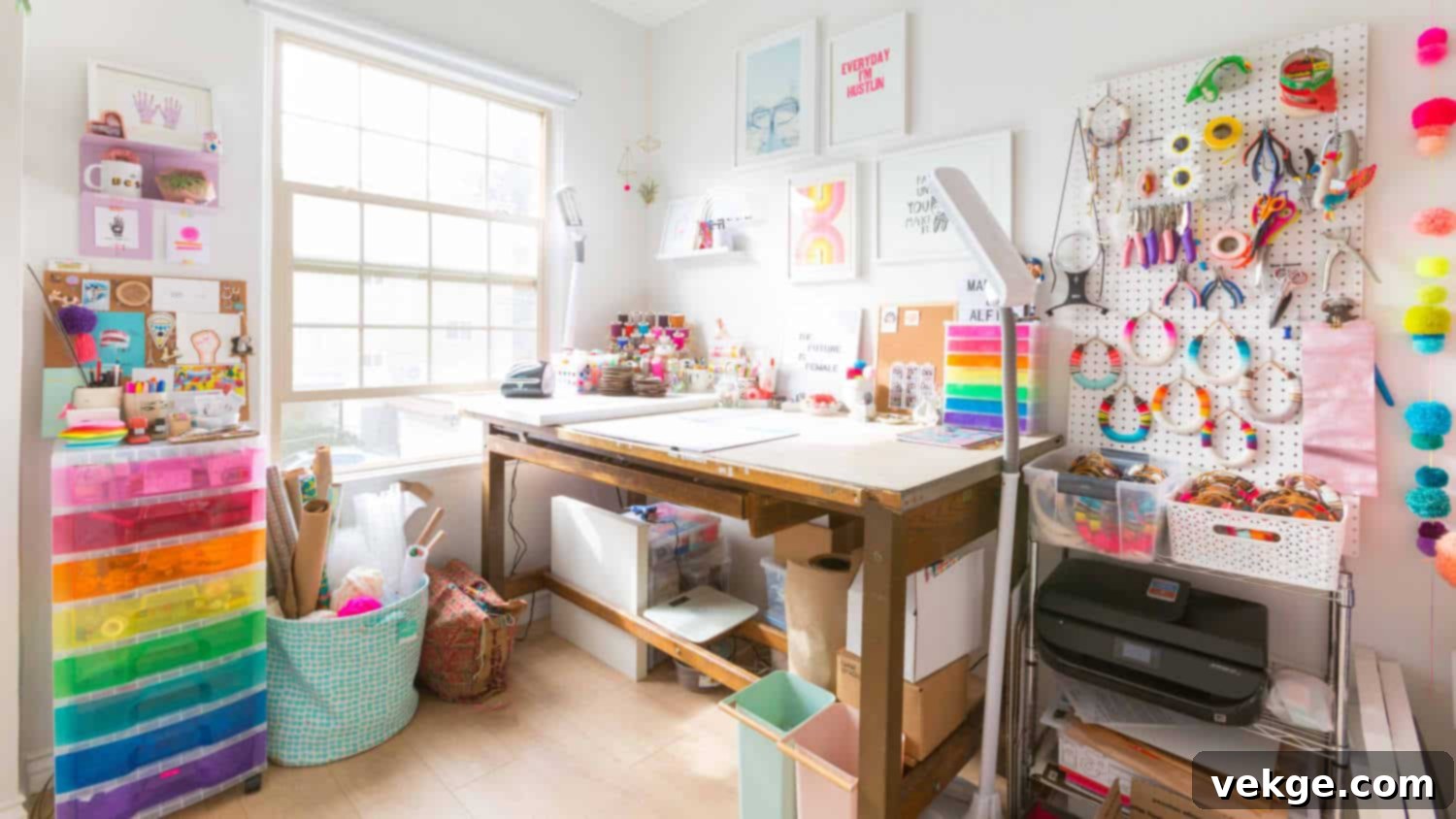How to Start an Interior Design Business: Essential Steps for Success
Starting an interior design business is both exciting and challenging. As an entrepreneur, you have the freedom to create your own schedule, build a client base, and establish your brand. However, this industry is highly competitive, and making a name for yourself requires effort and strategy.
One of the first steps to take is to set up a business website. This is crucial for building an online presence and expanding your reach. Additionally, a well-designed website allows you to showcase your expertise and build trust with potential customers.
A professional website can distinguish your business and open up new opportunities. For instance, you can use it to sell interior design packages, mood boards, or home decor items. Before diving in, ensure your site has a compelling About page, engaging copy, eye-catching images, and other essential elements. Here’s how to get started.
1. Showcase Your Best Work
The U.S. has over 148,000 interior designers, and this number continues to grow each year. A creative portfolio can give you a competitive edge and facilitate your entry into the industry.
You can create your portfolio from scratch using online tools, or you can save time by utilizing pre-built portfolio templates. For example, platforms like Wix and other website builders offer fully customizable templates. Simply upload images of your work, including before-and-after photos, mood boards, and sketches.
Your portfolio should also feature 3D renderings, layouts, design concepts, and other resources that reflect your personality and style. Use white space effectively to make your work stand out and keep viewers engaged.
Unlike a personal trainer who might share their wellness journey, as an interior designer, your work is primarily visual. Therefore, it’s vital to use high-quality photos and videos to narrate your story.
2. Write a Compelling “About” Page
While potential customers may know what it’s like to work with an interior designer, they might not know what to expect from you specifically. A captivating “About” page will capture their attention and add a personal touch to your business. Share your journey, what excites you about your work, and the unique value you offer.
Be authentic and adopt a friendly, conversational tone. Your About page should reflect your brand’s story rather than serve as a resume or cover letter.
Feel free to inject some humor into your writing and discuss your journey, including its ups and downs. Highlight your unique value proposition and conclude with a strong call-to-action (CTA) to encourage potential clients to reach out.
3. Include Customer Reviews and Testimonials
Customer reviews and testimonials act as social proof, enhancing trust and credibility. They can also provide valuable feedback and insights into your audience’s preferences.
With this in mind, consider requesting reviews from your customers. Share their feedback on your homepage, About page, or Services page, as well as on your social media platforms.
Even better, utilize customer satisfaction surveys to gather feedback, which you can then publish on your site.
If your business is new, reach out to former teachers, colleagues, or other professional contacts and ask if they would be willing to write a few lines about your skills and what it’s like to work with you.
4. Start a Blog to Share Your Expertise
Your interior design website should also feature a blog. This is an excellent opportunity to share your knowledge and provide added value to your customers.
For instance, you could write about creating an eclectic interior, decorating a new home, or maximizing small spaces. Use social media and online platforms like Reddit or Quora to discover relevant topic ideas.
Be consistent and aim to publish fresh content at least once a week. Optimize your blog posts with relevant keywords or search terms to enhance your online visibility.
Additionally, write with your audience in mind. Use clear language, share actionable tips, and include visuals to illustrate your points. Incorporate social media buttons to make your content easily shareable.
If you’re contemplating starting a blog but are unsure about which web hosting service to choose, consider exploring some GoDaddy alternatives for website owners.
5. Build an Effective Contact Page
Your Contact page should offer more than just an email address or an online form. Instead, aim to provide customers with the encouragement they need to choose your business.
Incorporate quirky illustrations, photos of your work, and links to your social media profiles. If you have a physical office, embed a map and list your operating hours.
Another option is to include a booking form, allowing customers to schedule meetings without needing to call or email you. This feature will help keep your appointments organized and accessible.
